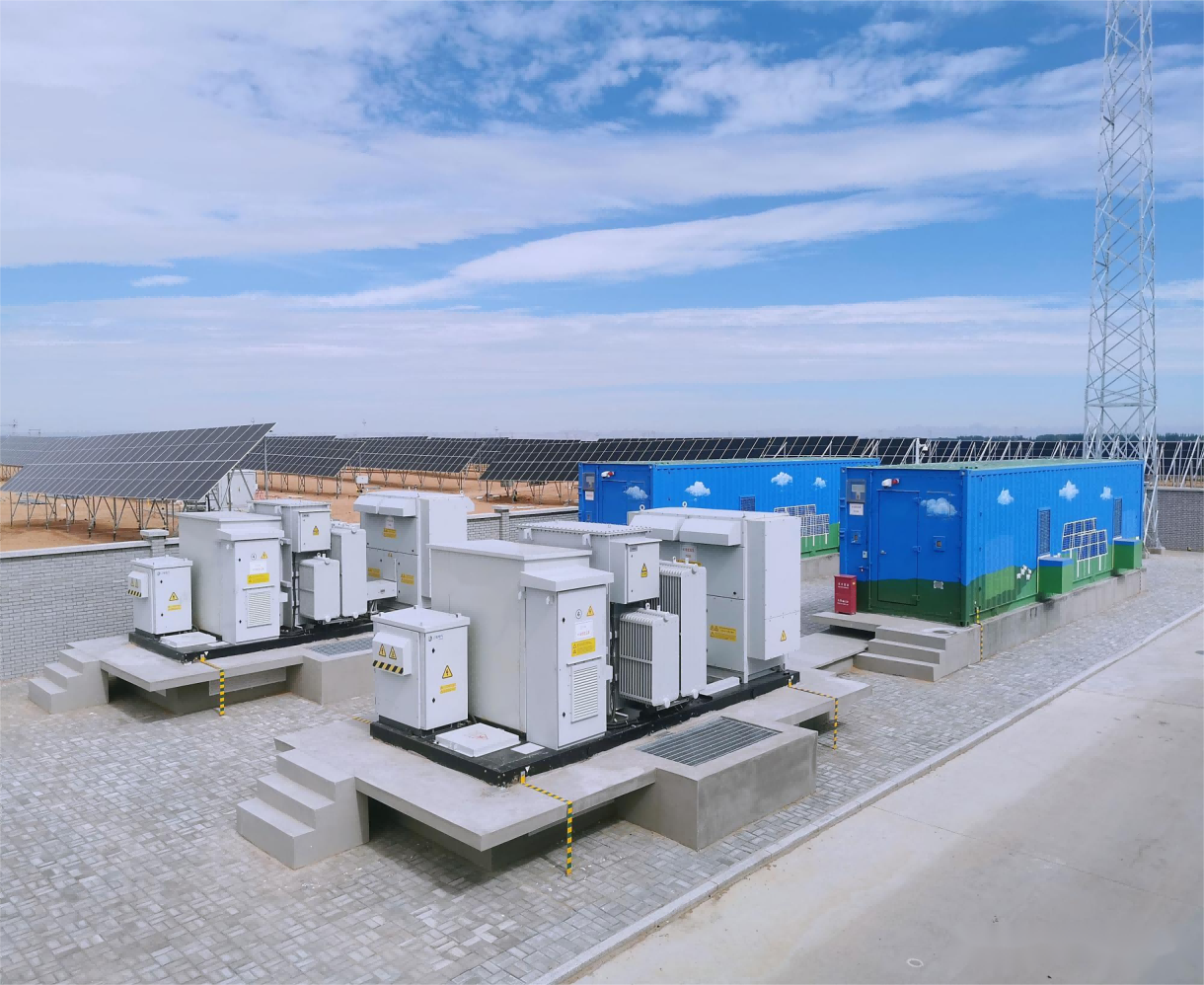
Jan . 12, 2024 15:04 Back to list
Commercial battery energy storage system
A commercial battery energy storage system is a clean technology that is designed to store electrical energy for later use. It serves as the backbone of a business's energy infrastructure, allowing them to store electricity when demand is low and dispatch it when demand is high. This capability to control when and how electricity is used provides a significant advantage, allowing businesses to operate more efficiently and sustainably.
Commercial battery energy storage systems make use of advanced battery technologies that are installed on the premises of a business. The stored energy can be derived from various sources, including the grid during off-peak times or from renewable energy installations such as solar panels or wind turbines. Once the energy is stored, it can be used in several ways. It can be dispatched during periods of peak demand to reduce energy costs, used as a backup power source during outages, or even fed back into the grid in certain scenarios.
What sets Commercial battery energy storage systems apart is not just their ability to provide energy independence, but also their smart energy management capabilities. These systems can be programmed to optimize energy use based on various factors, such as energy prices, peak demand times, and the specific energy needs of a business. In essence, a commercial battery energy storage system allows businesses to take control of their energy use, improving efficiency, reducing costs, and supporting sustainability efforts.

Now, let's take a closer look at how Commercial battery energy storage systems work. The process involves several stages: charging, storing, discharging, and managing.
The first step is charging the system. This involves taking electricity from a source, whether it's from the grid or from a renewable energy system like solar panels or wind turbines, and storing it in the system's batteries. The energy is often stored in the form of chemical energy within these batteries, ready to be converted back into electrical energy when needed.
Once charged, the energy is stored until it is needed. Advanced battery technologies used in these systems can hold a substantial amount of energy for extended periods, providing flexibility in managing energy demands.
When energy is required, such as during peak demand times, power outages, or when renewable sources are not producing energy, the system discharges. It converts the stored chemical energy back into electrical energy and delivers it where it is needed.
Most commercial energy storage systems also have a management component, typically a computer system. This system manages the flow of energy, deciding when to charge and discharge based on factors such as energy prices, demand patterns, and the overall energy needs of the business.
One example of a commercial battery energy storage system is the ACDC Commercial Battery Energy Storage System. It is equipped with an advanced Energy Management System that dynamically and intelligently manages the system. This system efficiently manages energy use by storing power when demand and prices are low and supplying it when demand is high or during power outages. The result is a more reliable, efficient, and cost-effective approach to managing a business's energy needs.
Will be removed if infringing
Reference website:https://www.exro.com
-
Stackable Battery System: Revolutionizing C&I Energy Storage with Suzhou ACDC
NewsJul.21,2025
-
Revolutionizing EV Charging with Suzhou DC Quick Charging Stations Solutions
NewsJul.21,2025
-
Revolutionize Your Power Needs with Suzhou ACDC's Portable Power Station Solutions
NewsJul.21,2025
-
Outdoor Integrated Temperature Control Cabinet: Elevating Energy Storage Cabinet Efficiency
NewsJul.21,2025
-
Container Type Energy Storage System: Revolutionizing Energy Storage with Stackable Battery Solutions
NewsJul.21,2025
-
Advanced Self-Cooling Energy Storage Cabinet Solutions
NewsJul.21,2025























